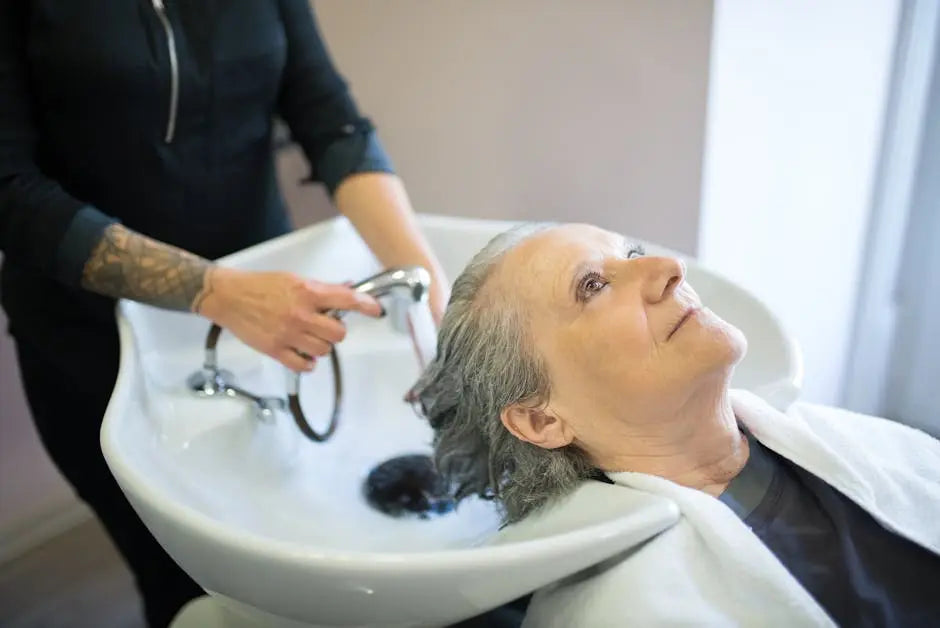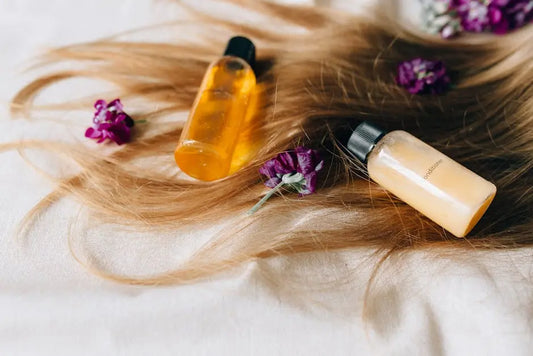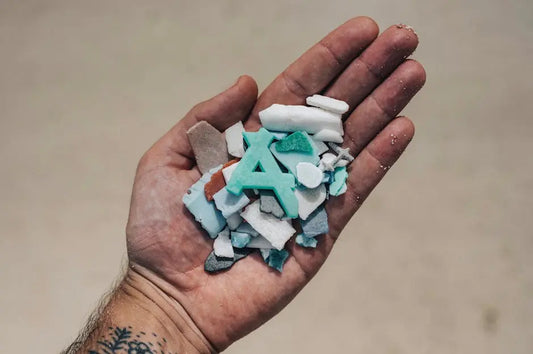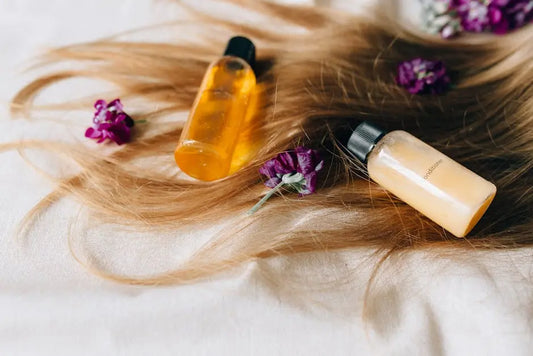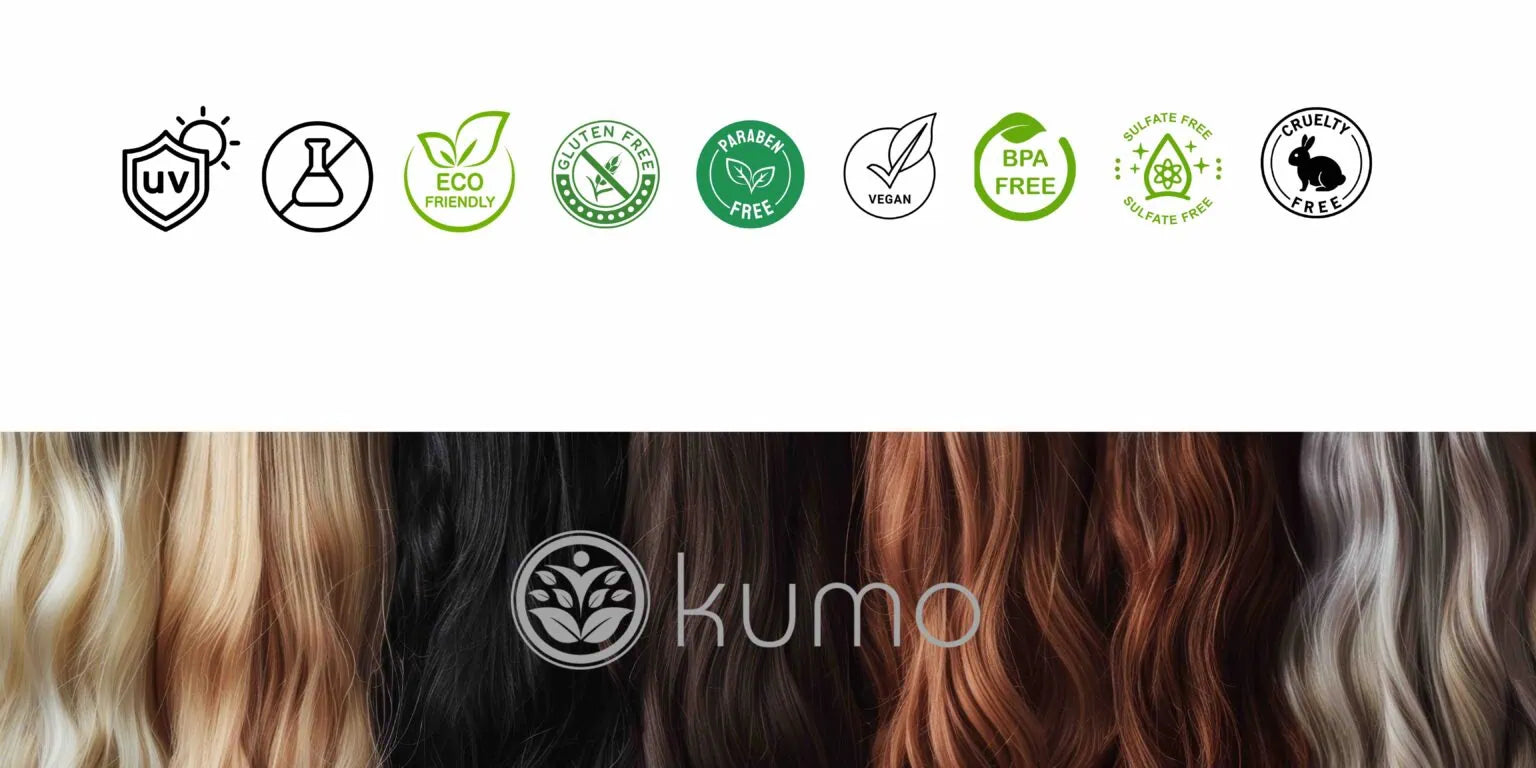Applying conditioner might seem straightforward, but using a nourishing conditioner properly can profoundly impact the health and shine of your hair. With these simple steps, you can ensure that your hair reaps the full benefits of your nourishing conditioner.
1. Choose the Right Conditioner for Your Hair Type
Understanding your hair type is crucial in selecting the most effective nourishing conditioner. Whether your hair is dry, oily, curly, or straight, there’s a formula that’s perfect for you. For instance, if your hair tends to be on the dry side, look for a deeply hydrating conditioner with ingredients like shea butter or coconut oil. Conversely, lightweight, volumizing conditioners work wonders for oily hair as they nourish without weighing it down. Embrace the bounty of natural ingredients that cater to your hair’s unique needs, offering a personalized hair care routine.
Curly hair often benefits from conditioners with extra proteins that help restore elasticity, while straight hair might prefer a formula that enhances smoothness and shine. Choosing a product that aligns with your hair’s specific attributes not only maximizes effectiveness but also promotes overall hair health. This personalization can dramatically enhance the benefits you reap from your routine, making your daily hair care a truly rewarding experience.
2. Start With Thoroughly Wet Hair
Ensure your hair is completely saturated with water before applying conditioner. This helps the product distribute evenly and penetrate the hair shafts for better nourishment. Wet hair dilutes the conditioner slightly, allowing an even coat across all strands, which is essential for sealing in moisture and nutrients effectively.
Taking the time to thoroughly wet your hair also reduces the likelihood of applying too much product, as a little goes a long way when applied to properly drenched hair. This method allows your nourishing conditioner to perform at its best, ultimately leading to the silky, smooth, and hydrated locks you aim for.
3. Use the Right Amount
Typically, a dollop about the size of a quarter is sufficient for medium-length hair. Adjust the amount according to the length and thickness of your hair. Overloading your hair with product can lead to a greasy feel, making your hair look flat rather than bouncy and full.
Conversely, too little conditioner won’t effectively cover and treat all strands, particularly in longer or thicker hair. Striking the right balance is key: your hair should feel slippery yet not overly drenched after conditioner application. Beginning with less is wise; you can always add more if necessary. With consistent application, you’ll quickly learn the perfect amount that offers optimum hydration and nourishment for your particular hair type.
4. Apply Conditioner to the Ends First
The ends of your hair are the oldest and often the driest. Start by applying conditioner to the ends and work your way up, stopping a few inches from the scalp. This method ensures that the most vulnerable parts of your hair receive the majority of the nourishment, as the ends are more prone to damage and split ends.
By concentrating on the ends first, you also avoid over-conditioning the scalp, which can lead to product build-up and can weigh hair down, diminishing its natural volume. This focused technique ensures optimal health and shine from root to tip, promoting an overall balanced texture in your daily hair care routine.
5. Use a Wide-tooth Comb for Even Distribution
Gently comb through your hair with a wide-tooth comb to ensure the conditioner is distributed evenly. This also helps detangle your hair without causing damage. The wide teeth are designed to work with your hair’s natural structure, gliding through without breaking strands.
Combing also gives you a gentler approach compared to using your fingers, preventing any undue stress or breakage that rough handling might cause. It’s this careful handling that safeguards your hair from becoming brittle, especially when it’s most vulnerable during and after shampooing. When each strand receives the nourishment it needs, your hair’s texture and appearance remain vibrant and full of life.
6. Let the Conditioner Soak In
Allow the conditioner to sit for several minutes, giving it time to penetrate the hair shafts and deliver maximum hydration and nourishment. Setting aside a few minutes for this step is crucial, as immediate rinsing can contribute to missed opportunities for the conditioner to work its wonders.
Consider it a mini spa session for your hair while you wait. This is an opportunity to unwind, as those few minutes contribute significantly to the overall efficacy of your conditioning. The hydration delivered during this time can transform dry, brittle hair into a smooth and supple texture, setting a solid foundation for healthy hair management down the line. If in doubt, leave it on for up to 10 minutes to maximize hydration benefits.
7. Rinse Thoroughly with Cool Water
Cool water helps seal the hair cuticles, locking in moisture and leaving your hair shinier and smoother. Ensure all the conditioner is rinsed out to prevent buildup. By closing the cuticle layer, cool water gives your hair a sleek, polished finish while retaining the essential nutrients absorbed during conditioning.
In addition to enhancing shine, rinsing with cool water is gentler on your hair and scalp in comparison to hot water, which can sometimes lead to dryness. This step is particularly important if you have a permanent hair color as it helps prevent fading and maintains vibrancy. Committing to this small adjustment in your rinsing routine can make a noticeable difference in how your hair looks and feels day-to-day.
8. Gently Squeeze and Towel Dry
Avoid rubbing your hair with a towel. Instead, gently squeeze out the excess water and wrap your hair in a towel to dry, reducing frizz and breakage. The rough texture of most towels can aggravate your hair, leading to split ends and unwanted static.
Transitioning to a softer approach by pat-drying or plunging your hair into a microfiber towel or an old cotton t-shirt can vastly improve your hair’s manageability. Even slight changes in your hair-drying process can add up to longer-lasting hair health and volume, reducing the frequency of damage restoration treatments.
9. Finish with a Styling Product for Added Protection
Use a leave-in conditioner or a heat protectant if you plan to style your hair with heat. These products provide an extra layer of protection while maintaining your hair’s nourishment. A good leave-in conditioner enhances moisture retention throughout the day, while a heat protectant insulates your hair from potential damage caused by styling tools like blow dryers and irons.
Incorporating such products into your routine also contributes to enhanced styling results, bringing out the best in your hair’s natural texture. Protecting your strands from environmental pollutants is equally crucial, and with the right products, you can form an invisible barrier that keeps your locks looking their finest. For more hair care and styling advice, stay up-to-date and practice self-care that radiates from root to tip.
